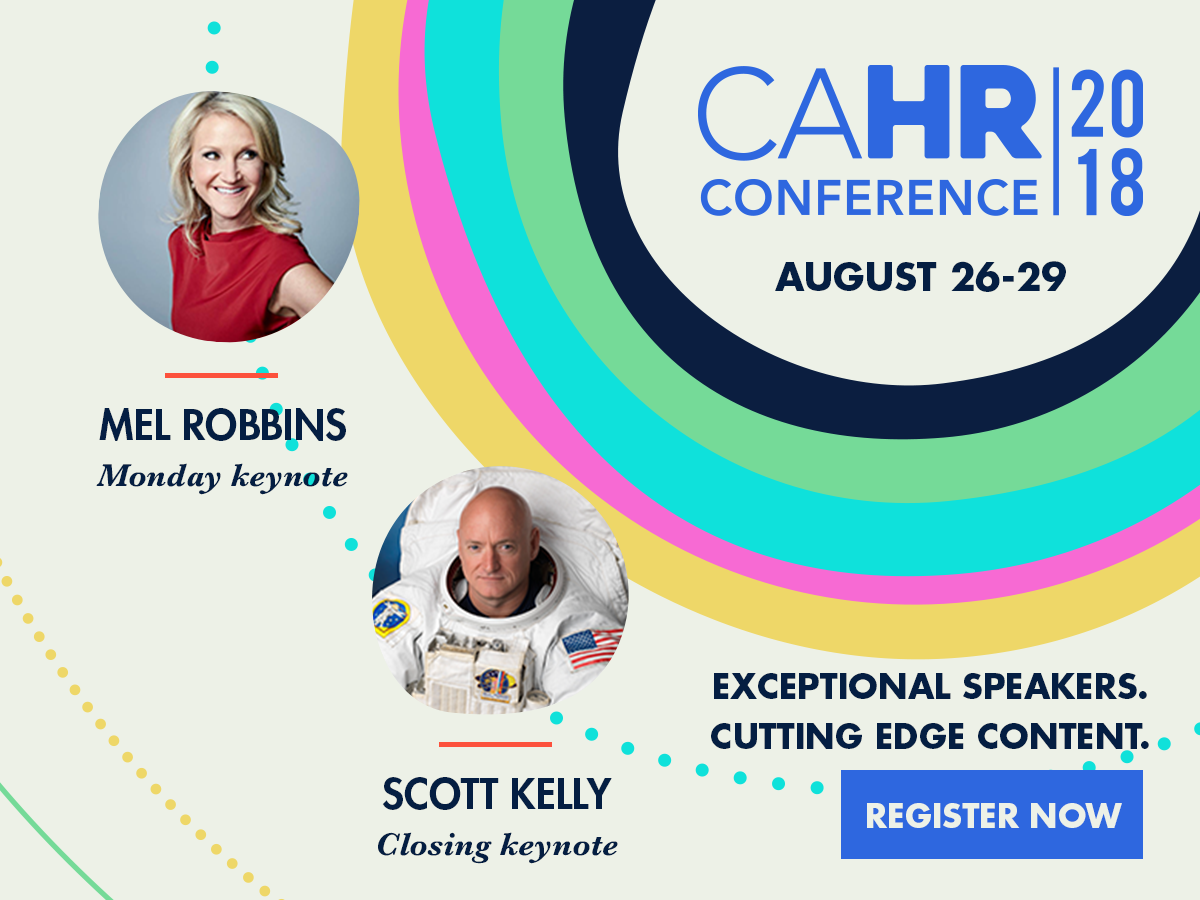By Stephanie Hammerwold
There is only one more day left in the 2018 California HR Conference. The conference has been a whirlwind of HR information, and I met quite a few HR professionals, vendors and speakers committed to creating workplaces that are growing and adapting to our changing world.
One of the biggest themes of this year's conference has been a focus on building workplace culture. This year the California HR Conference offered something new in the form of TED-style talks from CHROs. Paul Wolfe from Indeed, Laurie Shakur from Nielsen Portfolio Division and Mindi Cox from O.C. Tanner all shared ways in which they have invested in building a culture that supports their employees.
"When someone is called into a leadership position, their job becomes people," Cox said. She then explained that her company sees the greatest value in taking care of employees. That is ultimately what leads employees to build a successful product and strong relationships with customers.
Shakur talked about putting the human back in human resources. She emphasized why walking around, asking employees questions and also taking the time to listen to what they have to say is essential to improving culture. Shakur had realized that she was failing to do this, and it was not until she changed her approach to HR that things began to change within the workplace culture.
Earlier in the day, Garry Ridge, the President and CEO of WD-40 spoke about how his company has successfully built a workplace culture that is driven by a need to take care of its people. Ridge reminded the audience that, "Pleasure in the job puts perfection in the work." If we strive to create a workplace where this can happen, then success will follow. It is a matter of creating an environment where employees are empowered to do the work that needs to be done to achieve company goals. I will have more on workplace culture as well as what Ridge talked about in a post later this week.
Several sessions also covered culture from a compliance standpoint. With the rise of the #MeToo movement, workplace harassment is finally getting the attention it needs. At a Monday session on how to prevent a harassment claim from toppling your organization, Helene Wasserman stressed that it is important that training covers civility in the workplace. This includes upper management that fosters a respectful workplace. She also said that training should include information on bystander intervention so that employees know the importance of speaking up if they witness something.
The highlight for the final day of the conference is the closing keynote by astronaut Scott Kelly. Be sure to follow me on Twitter for live updates of Kelly's talk.
Watch this blog and Workology for more posts on conference content later this week.




